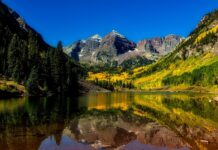▌For such a tiny total landmass, Japan has left an undeniable stamp on human history. If you are considering Japan as a destination, here is an overview of the country.
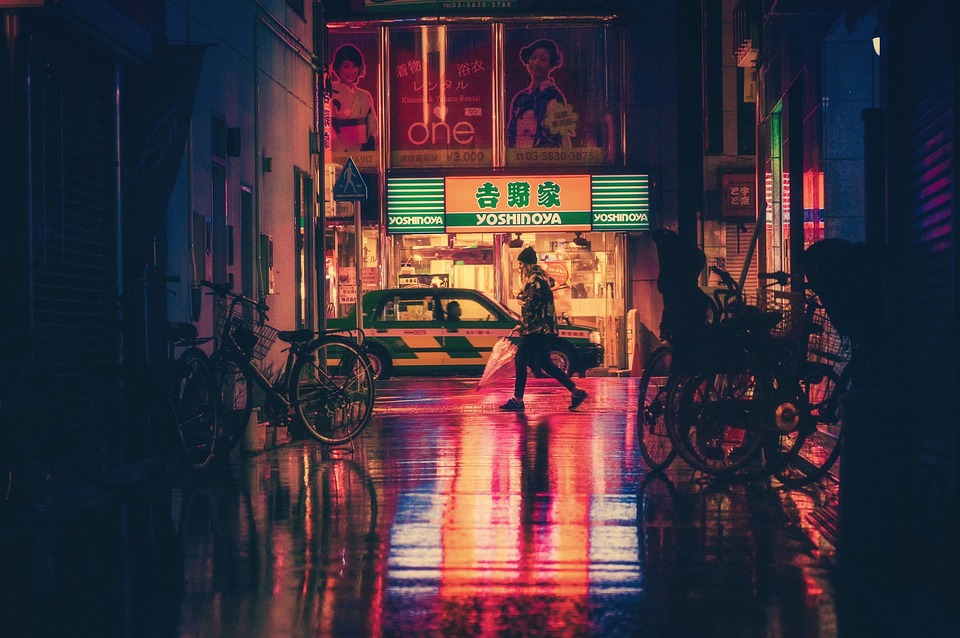
Extending along the eastern coast of Asia, Japan is a country consisting of a collection of islands. The mainland, as we think of it, is the island of Honshu. There are three other large islands, Hokkaido, Shikoku, and Kyushu, and roughly 3,000 much smaller islands comprising what we call Japan. Put together, the total land mass is slightly smaller than California. The geography throughout the islands is mountainous, best exemplified by Mt. Fuji at 12,385 feet. As you might expect, the island country is inherently recognition of a volcanic are and Japan experiences earthquakes fairly frequently, some on a large scale.
Japan is an extremely urbanized country with most people living in major cities. The two prominent religions are Shintoism and Buddhism. The belief systems are harmonious and often share the same temples.
Per legend, Japan was founded by Emperor Jimmu around 600 BC. The current emperor is a descendent of the first.
The first interaction with the West was in 1542 when a lost Portuguese ship landed in Japan. Over the next century more Westerns came, but they were not trusted. The Japan shoguns eventually banned all foreigners and the country was isolated for over 200 years. Not until 1854 did Japan open its doors to the world under the Convention of Kanagawa with the United States. Once this occurred, Japan quickly evolved from a feudal state to a more modern approach.
World War I was a boon for Japan. Fighting on the side of the victorious Allies, Japan repeated new respect as an economic and military power following the defeat of the Axis. Alas, the emperor of Japan went in a different direction after the war, seeking dominance of China and Asia in general.
In 1937, Japan became an ally of Nazi German. This eventually led to its decision to pursue an attack on Pearl Harbor on December 7, 1941. Following four years of war, the loss of 3 million Japanese lives and two atomic bombings, Japan surrendered to the United States on September 2, 1945. It was stripped of most of its territorial holdings and was ruled de facto by General Douglas MacArthur, designated the Supreme Commander.
Following World War II, Japan turned to a democratic system through reforms. The U.S. and allies returned complete control to Japan on April 28, 1952 via the Treaty of Peace. Although its days as a military power were over, Japan once again became an economic giant. Despite its relatively tiny land mass, Japan has the second biggest economy in the world.
Modern day Japan covers 145,902 square miles. The capital is Tokyo. The terrain is best described as rugged, mountainous islands with varying temperatures.
The people of Japan are called “Japanese.” The total population is just over 127.4 million people, but the population is decreasing slightly in size. Japanese is the primarily language spoken and literacy rates are 99 percent. Japanese males have a life expectancy of 77 years while women live to 84 on average.
With its mountainous island landscape, Japan is a hot destination spot for travelers. It is expensive, but a visit to Mount Fuji alone makes a trip worthwhile.
source: LeGuide





















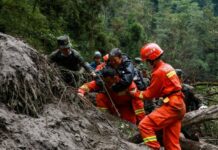
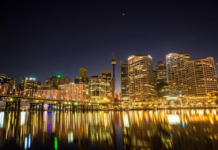
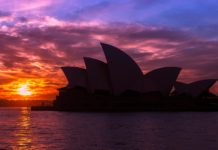
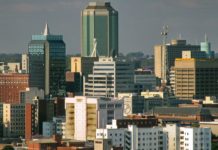

![Le chocolatier suisse Läderach développe une histoire d’amour avec la Chine [ INTERVIEW ]](https://www.afrique-54.com/wp-content/uploads/2023/12/Johannes-Laderach-et-chocolat-e1702548585357-218x150.jpg)







